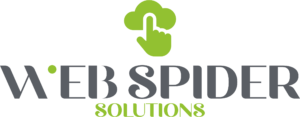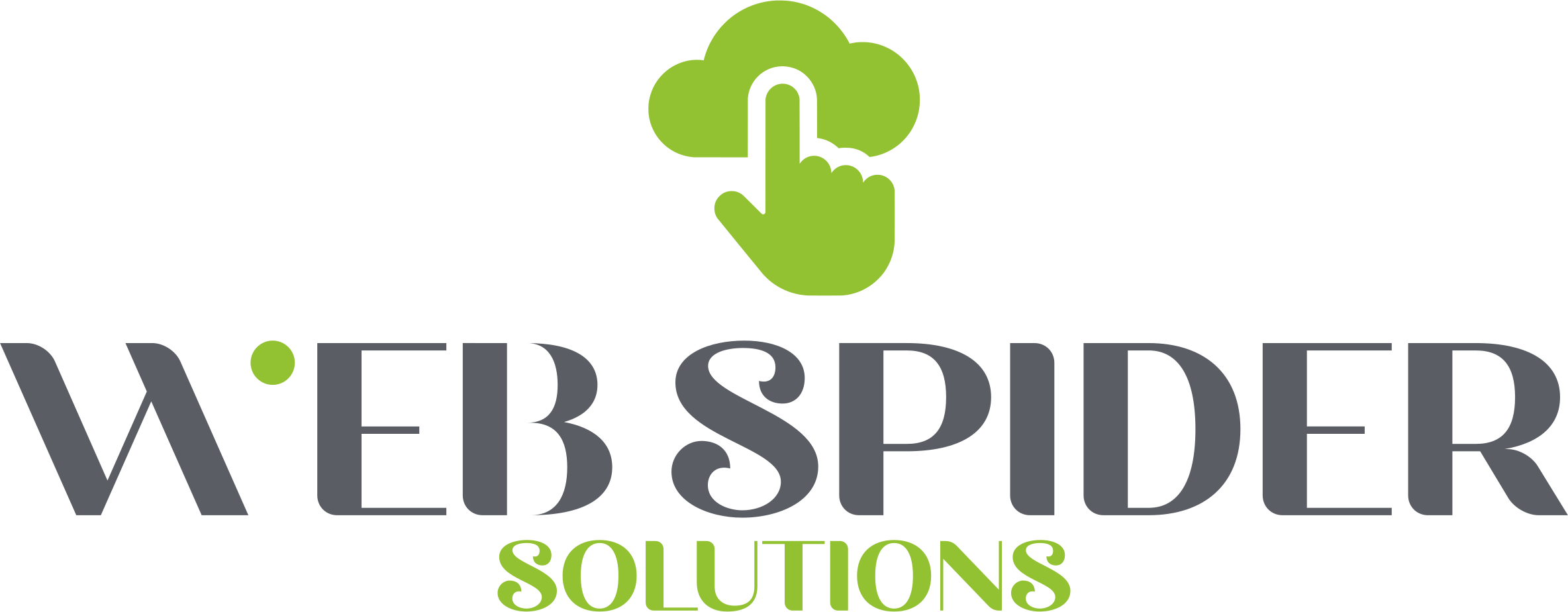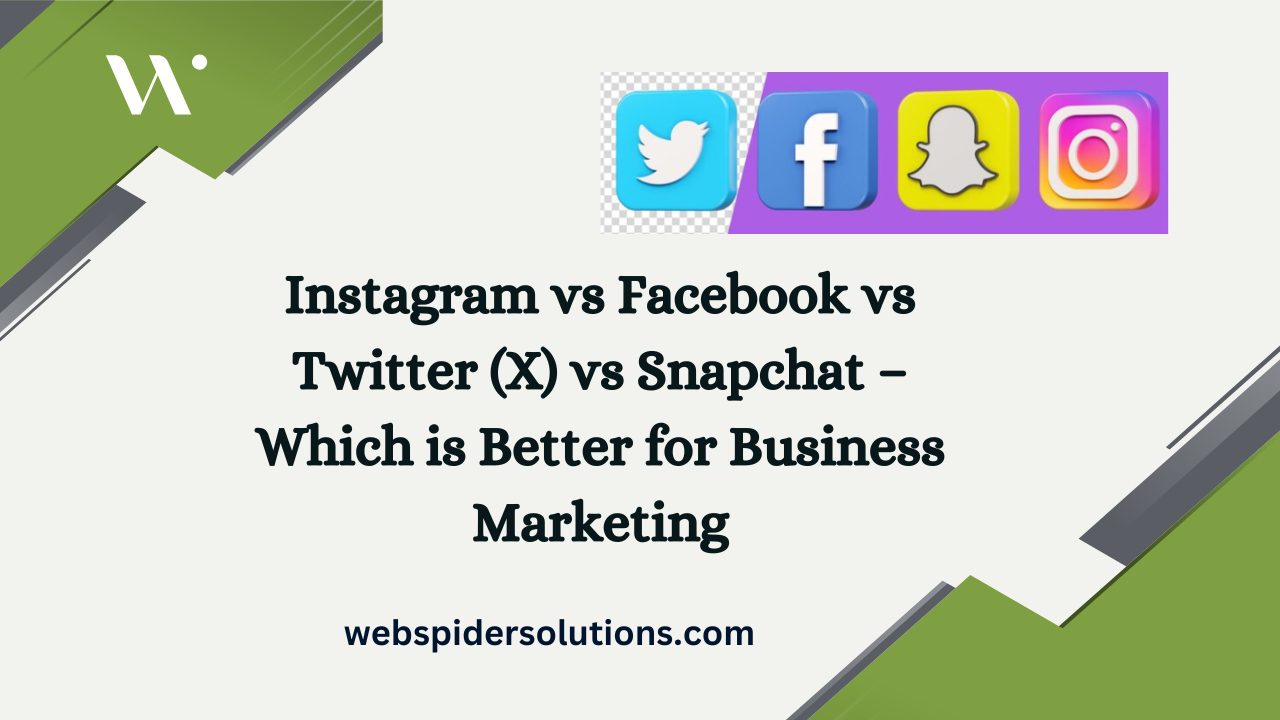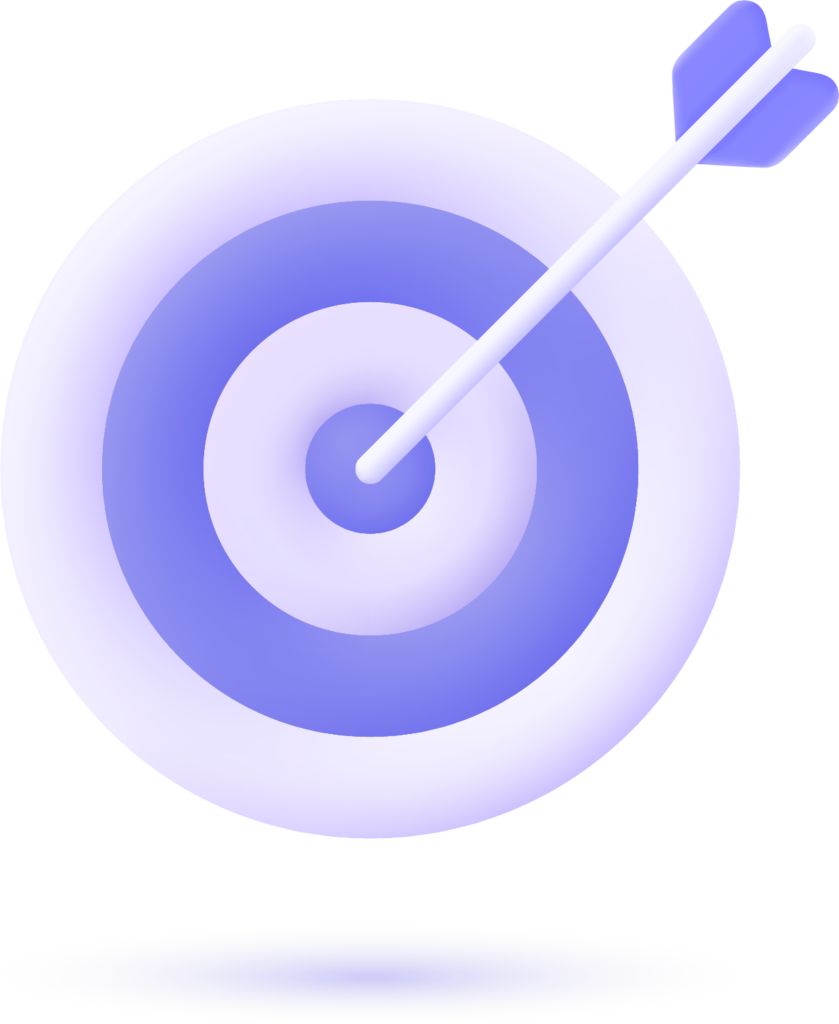Analyzing the business marketing approaches taken on Instagram, Facebook, Twitter, (X), and Snapchat.Every day, the intricacy of digital marketing expands and it’s important to select the optimal channel for your business. Instagram, Facebook, Twitter and Snapchat represent the major actors who all have differing features, target demographics and techniques for engaging their audience. Obviously, it will be your choice to determine which of the two platforms works best for you considering the demographic makeup of your community as well as the type of content you create.
We will investigate the positives and negatives of these four platforms in this blog and look at how you can choose which platform works for your business.
1. Business Marketing on Instagram
Overview: Instagram is a platform to focus on, as it is a visual channel that have 1 billion of monthly active users, and brands can reach them to tell their visual story. The strength that is embraced by Instagram is the ability to attract the user within the content that is mainly visual. So, if your brand has beautiful product or service, then you should be on Instagram.
Pros: Visual Storytelling: Instagram is ideal for businesses that use a lot of visuals including fashion, food, fitness, travel, and retailers. Images and videos of a high quality may become the main tool to attract attention.
Instagram Stories & Reels: Owing to the enhanced use of short form videos, Instagram’s stories and reels are ideal for posting sneak peeks, promotions, and customer’s posts. These formats can help your brand to feel more relatable and approachable to the target audience.
High Engagement Rates: In particular, brands experience significantly higher levels of engagement on Instagram compared to other social media platforms. This increased brand engagement is driven by users’ propensity to interact with content through likes, comments, and shares, making Instagram an ideal platform for fostering deeper connections with the audience.
Influencer Marketing Hub: Als die Social-Media-Plattform, die am meisten für Influencer-Marketing genutzt wird, ist Instagram eine gute Wahl, um Content-Krebern zu partenieren, um das eigene Engagement zu erweitern.
Targeted Advertising: Instagram has the advertising features that are connected with Facebook and let businesses target their ads effectively by using geographic data, as well as the users’ interests and actions.
Cons: Content Creation Can Be Intensive: This means that in order to maintain an active and comprehensive account in Instagram, it requires frequent posting of quality photos and videos which may be a problem especially for the businesses that cannot be able to afford to hire designers to do this work.
Declining Organic Reach: This is because the platform’s algorithm is set in a way that it first displays posts from people you interact with most frequently, meaning that for business accounts to get through to their followers, they have to consider boosting their posts.
Best For: For brands with beautiful products or services, lifestyle brands, retailers, and business that want high impact from influencer collaborations.
2. Marketing with the Aid of Facebook.
Overview: For now, Facebook remains king and is the most efficient in its function for business with 2.8 billion monthly active users. This makes it flexible for use by businesses that would want to target the masses of people. Some of the features that can be used in the creation of business pages, placing of adverts and encouraging community engagement include groups.
Pros:
Massive User Base: This is where Facebook comes in since it has the largest coverage across all the demographic groups to suit any business that has multiple target markets.
Advanced Advertising Platform: Facebook Ads are highly specific; companies can choose who to display their adverts to based on the users’ age, location, interests and even life events. Facebook retargeting ads also assist companies to get back the people who have once visited their website.
Facebook Groups: Businesses can leverage the feature to create groups to engage their consumers in order to create communities. It would range from customer relations, loyalty points, to campaigns and offers.
Facebook Marketplace: This feature will allow business, especially, local business to market and sell their products to users in their area.
Cons:
Declining Organic Reach: Just as Instagram has been showing diminished organic reach in recent years, businesses increasingly find it necessary to pay in order to participate on Facebook.
Competition for Attention: There are a lot of things going on on Facebook, people’s feed are filled with posts from friends, groups, pages and advertisements. This is where the problem of filtering out the information becomes critical.
Best For: Companies with a large target market, companies that sell to consumers and businesses, local enterprises, and brands that need powerful advertising solutions.
3. Twitter Business Marketing (X)
Overview: X formerly known as Twitter is a micro blogging social media site that operates in real time. It is the most famous site for getting information and news, discussion forum, and interacting with customers. The 140 character limit on Twitter helps businesses to cut to the chase and it is ideal for sharing short and timely information, special offers or even engaing with customers.
Pros:
Real-Time Conversations: Twitter is particularly useful for companies that seek to participate in the live discussing, for instance, events, topics, or news. It is also ideal for corporations which require offering customer relations within the shortest time possible.
Direct Engagement with Audiences: Twitter enables direct interaction with the customers and influencers. It is also easy to get other people to comment or retweet or even share your tweet which leads to quick engagement and viral tweets.
Hashtag Campaigns: Hashtags help the business join the conversation or even begin a conversation about their brand. It can quickly help to increase brand presence.
Influence & Thought Leadership: It is a perfect place for brands to advertise themselves and share valuable information, articles and thought leadership posts.
Cons:
Short Lifespan of Tweets: A tweet has a very limited shelf life because it rarely takes long for new posts to appear. This in turn means that businesses have to make several tweets in a single day so as to remain relevant.
Character Limit: It is challenging to give out more information or even ideas when the box is full to the brim.
Toxicity & Negative Interactions: It is important as a business to know that the platform is often negative in its exchanges and interactions including trolls and criticism.
Best For: News outlets, tech companies, B2B businesses and any brand that wants to engage in real time conversations and customer service.
4. Business Marketing on Snapchat App
Overview: The core idea behind Snapchat is made temporary by the nature of the content. Young people and teens think of Snapchat as their number one social media option, which also accounts for its 500 million monthly active users, making it the best platform for companies targeting their demographic.
Pros:
Ephemeral Content: It makes sense because Stories on Snapchat are designed to disappear after a certain while, so people are forced to read them at once. This is so because it puts pressure to the other party and is very useful especially when one is dealing with matters concerning sale of products that are on sale for a certain period only.
AR Filters & Lenses: Organizations can design their own AR filters or lenses that consumers can engage with, thus increasing the top of mind awareness of the brand.
Direct Communication: Azure is benefits brands to interact with the users via messages or stories which helps in forming a better bond.
Geofilters: Businesses can design geofilters that function exclusively at a specific location, making them perfect for events or small businesses.
Cons:
Limited Analytics: The unfortunate fact is that Snapchat does not have analytics as strong as Facebook or even Instagram, which makes it less than ideal for the purpose of result measurement.
Niche Audience: It also has to be noted that the company it targets its audience to have a maximum of 35 years, and this may be inconvenient for many companies if they are to target an older generation.
Short Lifespan of Content: Similar to Twitter, the content that is published on Snapchat also has a short life expectancy, and therefore brands require to post more often.
Best For: These would be businesses that are focusing on the Gen Z audience, entertainment companies, and those organizations that do a great job at producing fun, engaging and shareable content.
Conclusion
In the end, it is impossible to tell which of the two, Facebook or Twitter, is better for business marketing. For visual entrepreneurs, it is useful to use Instagram, for advertised campaigns, the best social network is Facebook, for real time interactions one can use Twitter, and for the youth audience, it is best to use Snapchat with content The main point is to know your business goals and the target audience, and then select the platform that suits the strategy the most.
FAQs
Q1. Which platform has the best advertisement features?
A: Facebook is the most sophisticated tool in advertising, and the company can create highly specific ad campaigns. Third is Facebook, while second is Instagram, which employs Facebook advertising interfaces.
Q2. Which platform is suitable for B2B business?
A: Of the two, Twitter and Facebook are very effective for B2B marketing to share thoughts and ideas, as well as discuss industry topics.
Q3. Is it better to use more than one platform?
A: Indeed, developing your social media profiles can help you to address several segments within your audience. In fact, it is advisable not to post the same content on all the platforms as they are not the same.
Q4. Which between the two is most suitable for a small business that has few resources?
A: Facebook is the best platform for small business since it is cost effective and has a large coverage area. It is also useful especially if you can create visuals because Instagram is not supporting link in post yet.
Q5. Should brands that aren’t marketing to Generation Z even bother with Snapchat?
A: If you do not have Gen Z in your target demographic then you may not want to be focusing on snapchat. Rather, turn to Instagram or Facebook that have bigger audiences.











